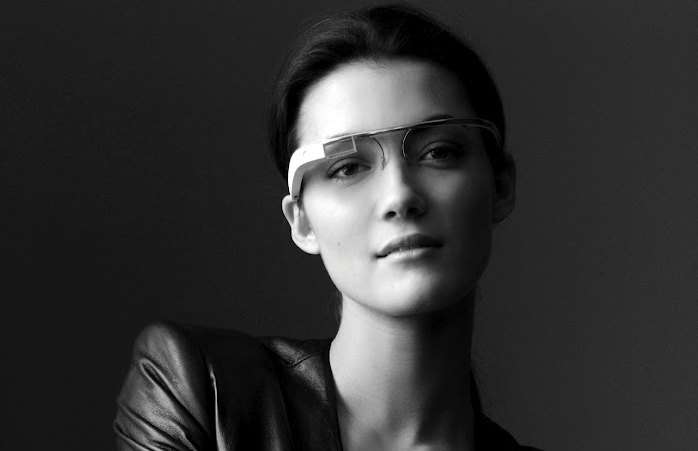 If you were wondering exactly how Google's augmented reality specs are going to work, here are some more details. According to documents filed with the FCC (Federal Communications Commission), the specs will use bone conduction to transmit sound. In other words, they'll vibrate very subtly to make you hear, rather than using speakers.
If you were wondering exactly how Google's augmented reality specs are going to work, here are some more details. According to documents filed with the FCC (Federal Communications Commission), the specs will use bone conduction to transmit sound. In other words, they'll vibrate very subtly to make you hear, rather than using speakers.
Which is good news, as anyone who's had to endure N-Dubz leaking from someone's headphones will testify.
The audio element will work in a similar way to some children's toothbrushes, according to Ars Technica. A vibration transducer sets the bones in your noggin buzzing, which translate the vibrations to the cochlea part of your ear which reads them as sound. The technology can be found in some headphones, like Panasonic's prototypes found at CES this year. It's said to be far clearer than a traditional speaker in a normal pair of cans.
In Google's filing, the bone conduction element is only mentioned for when a video plays, but it could have many other uses. Music, and voice calls, for example. Or alerts.
The filing also reveals the tech specs should have 802.11 b/g 2.4GHz WLAN, and a low-energy Bluetooth 4.0 radio. Previously, we saw mention of a laser keyboard, that would project onto any available surface so you can type wherever you are.
So when will we see them? Google's Sergey Brin hopes to get units into developers' hands this year, with a full consumer launch slated for next year. Though considering the many hurdles involved, I wouldn't hold your breath.
The technology does look really cool though. And considering what Google Now is capable of, integrating that and more into a pair of glasses could really change how we interact with our gadgets. It's already inspired a raft of imitations.
[Source: CNET]
